1. Claude Code
Claude Code is Anthropic's official command-line tool that brings AI-powered coding assistance directly into your terminal. It's not just another chatbot—it's a full-fledged agentic coding partner that can read, write, and refactor code across your entire codebase.
What makes Claude Code special is its ability to understand context. Point it at a project and it can navigate files, understand architecture, and make intelligent changes across multiple files at once. It's like pair programming with someone who never gets tired and has read every programming book ever written.
Claude Code doesn't just answer questions about code—it actually writes, edits, and executes it. The future of development is here.
Whether you're debugging a tricky issue, refactoring legacy code, or building something new from scratch, Claude Code accelerates every part of the development process. It integrates with git, understands your project structure, and can even run tests and fix failures automatically.
The tool is available through Anthropic and works seamlessly in any terminal environment. If you write code for a living, this is the productivity multiplier you've been waiting for.
2. Midjourney
Midjourney has completely changed the game for visual content creation. This AI image generator creates stunning, artistic images from simple text prompts—and the quality is genuinely mind-blowing.
Unlike other AI image tools that produce obviously artificial results, Midjourney has a distinctive aesthetic quality. Its outputs range from photorealistic to fantastically artistic, and the level of detail and coherence is consistently impressive.
For marketers, designers, and content creators, Midjourney is a game-changer. Need a hero image for a blog post? A unique illustration for a presentation? Concept art for a project? Midjourney can produce professional-quality visuals in minutes instead of hours or days.
The tool runs through Discord, which takes some getting used to, but once you learn the prompting techniques, you'll be generating incredible visuals that would have cost hundreds of dollars from a stock photo site or thousands from a custom illustrator.
3. Photoshop
As a reminder to those still ordering their movies through Redbox, Photoshop is a powerful image editing software that provides a wide range of tools and features for creating and manipulating digital images.
It now has quick tools that can erase backgrounds, adjust brightness and contrast, remove blemishes, and add text and graphics.

The industry-leading photo software is by far the most widely used by photographers, designers, and artists for tasks such as retouching photos, creating digital art, and designing marketing materials.
It supports a wide range of file formats, including JPEG, PNG, and GIF, and allows users to work with multiple layers, filters, and effects to achieve their desired results.
Adobe Photoshop price
Photoshop goes for about $12/month, unless of course you want to make 100 phony emails to get unlimited trial versions. I think Adobe will be alright if you do.
4. Malleable
Malleable is an agentic calendar that lets you schedule meetings and check your availability using natural language. Instead of clicking through endless calendar interfaces, you just tell it what you need.
"Schedule a 30-minute call with the marketing team next Tuesday afternoon" or "Am I free Thursday morning?" — Malleable understands and handles it.
The future of scheduling isn't clicking through tiny calendar squares. It's just telling your calendar what you want.
What makes Malleable different from other calendar tools is its truly agentic approach. It doesn't just parse your words—it understands context, preferences, and can even negotiate times across multiple participants. For anyone who spends too much time playing calendar Tetris, this is a revelation.
The natural language interface means you can manage your schedule from anywhere—no need to have a calendar app open. Just type or speak what you need, and Malleable handles the rest.
5. Google Drive
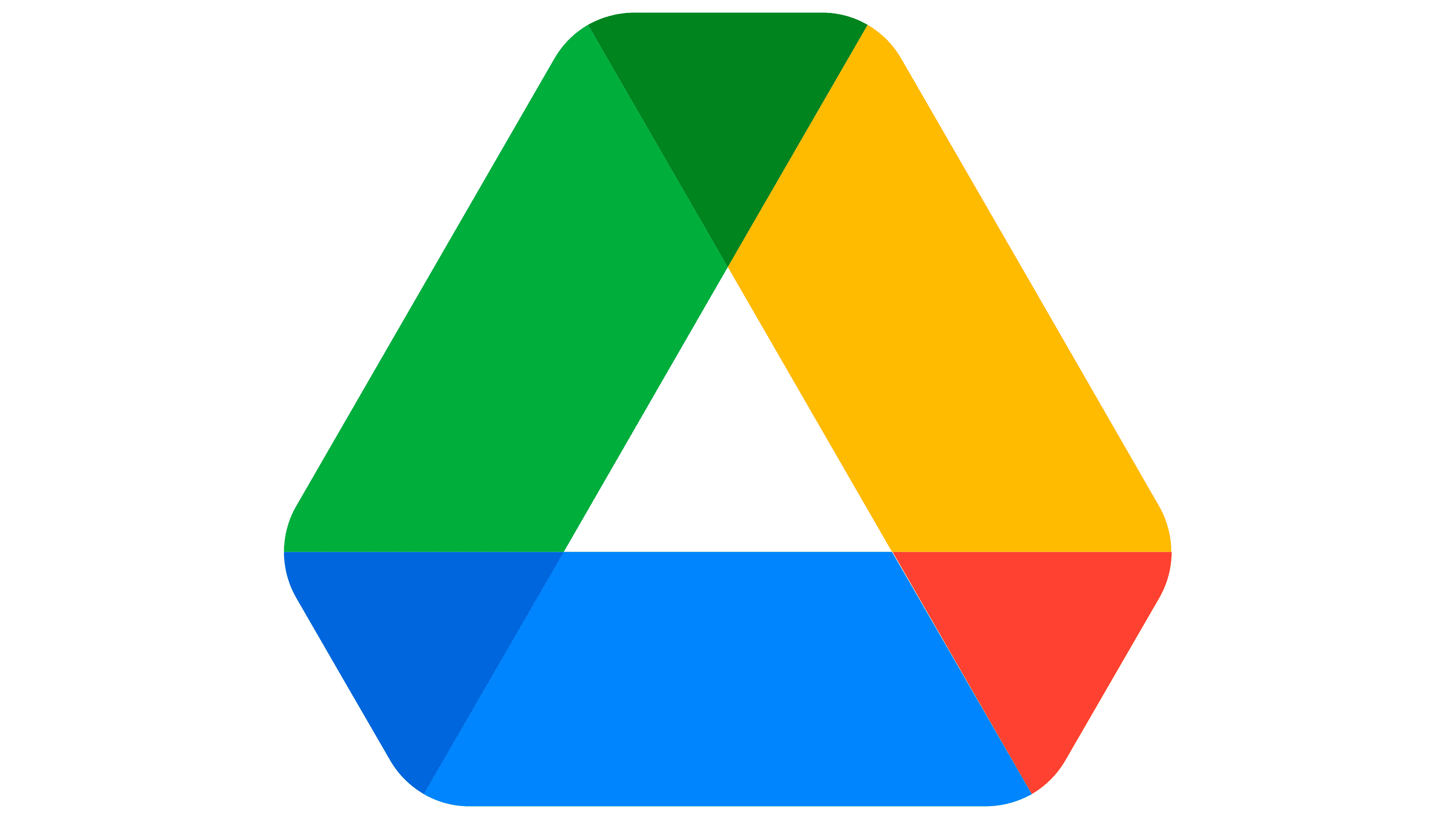
Google Drive has been changing the game for collaboration for many years now.
This versatile cloud storage and collaboration medium offers a wide range of features. But mainly, users can securely store and access their files from any device with an internet connection.
Stop emailing shit to yourself.
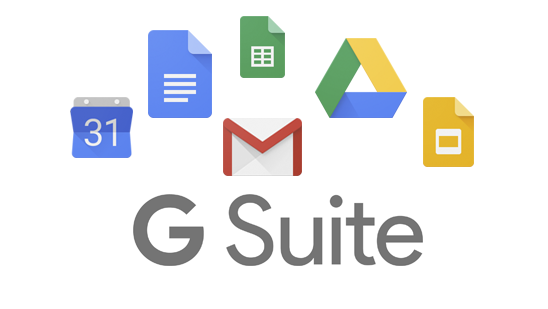
The entire Google suite is a heap of free, collaborative productivity tools. Google Docs, Sheets, and Slides easily and cheaply supplement Word, Excel, and Powerpoint respectively.
These tools are completely free ($100 cheaper than Microsoft Office).
The offline access feature enables users to work on files even without an internet connection, with changes automatically syncing once online.
6. Notion
Notion is like Google docs on steroids. And also free.
It's like an infinite note-taking and organization tool. It combines features of note-taking apps, project management tools, knowledge bases, and databases into a single platform, while having the same real-time editorial features as Google Drive.
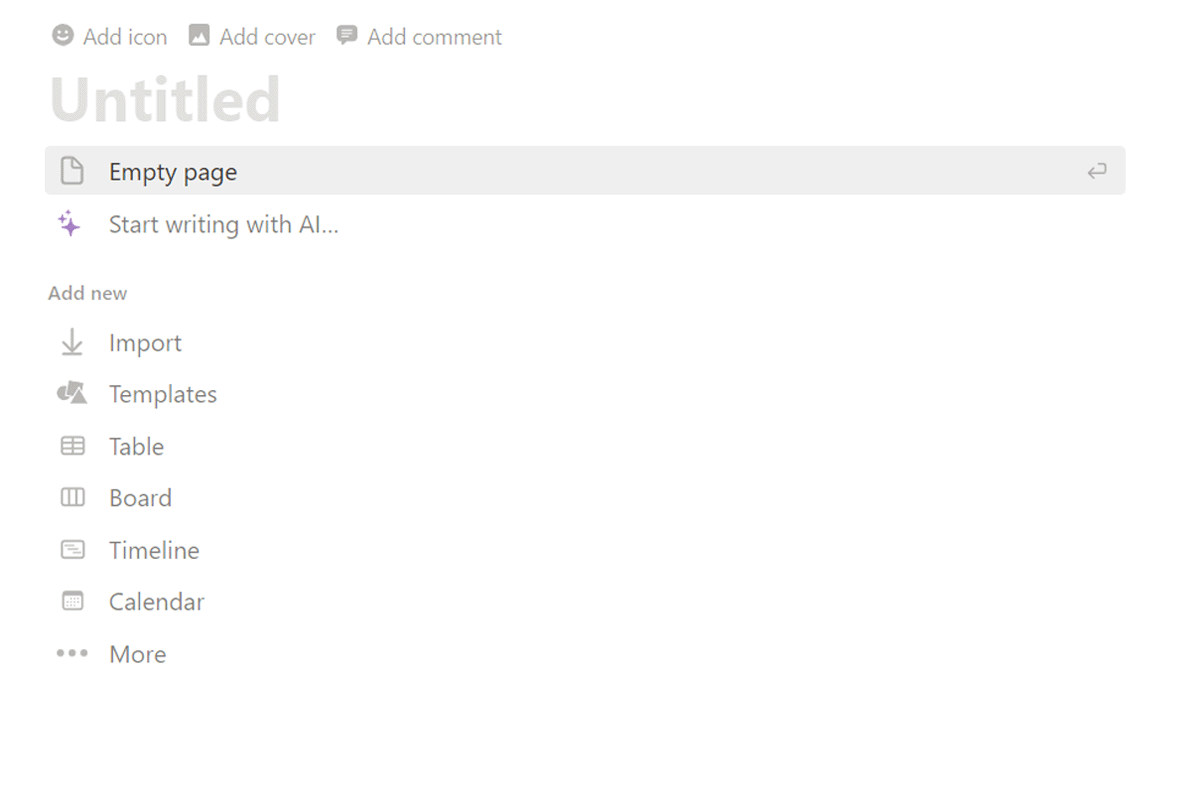
In its simplest form, Notion provides a flexible and customizable document workspace where users create and organize content.
I mainly use it to organize projects into pages. And pages within those pages, as sort of a descending outline with more and more detail.
Notion offers templates and layouts that can be customized to fit different use cases, such as creating to-do lists, meeting notes, project plans, or personal journals.
One feature that I should probably start using is its powerful database functionality. Users can create databases with custom properties and filters to manage structured data effectively. This makes it suitable for building task trackers, customer relationship management (CRM) systems, knowledge bases, and more.
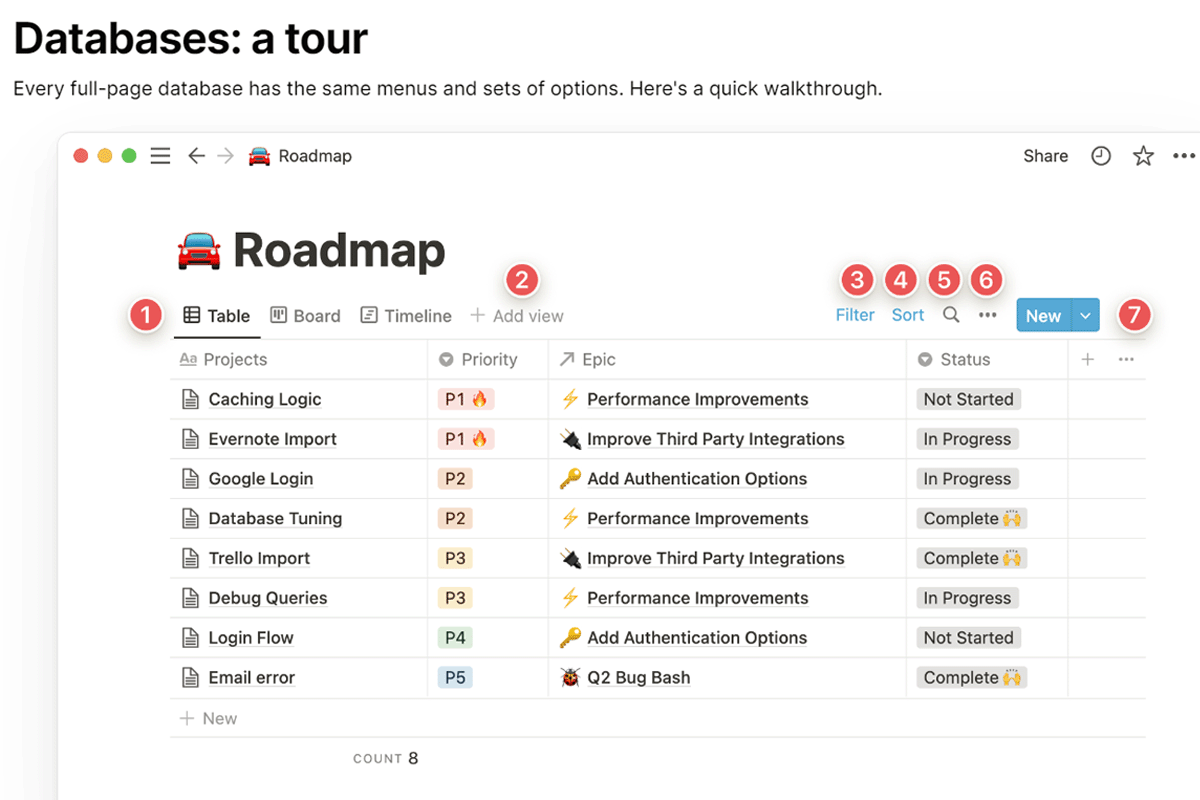
7. Webflow
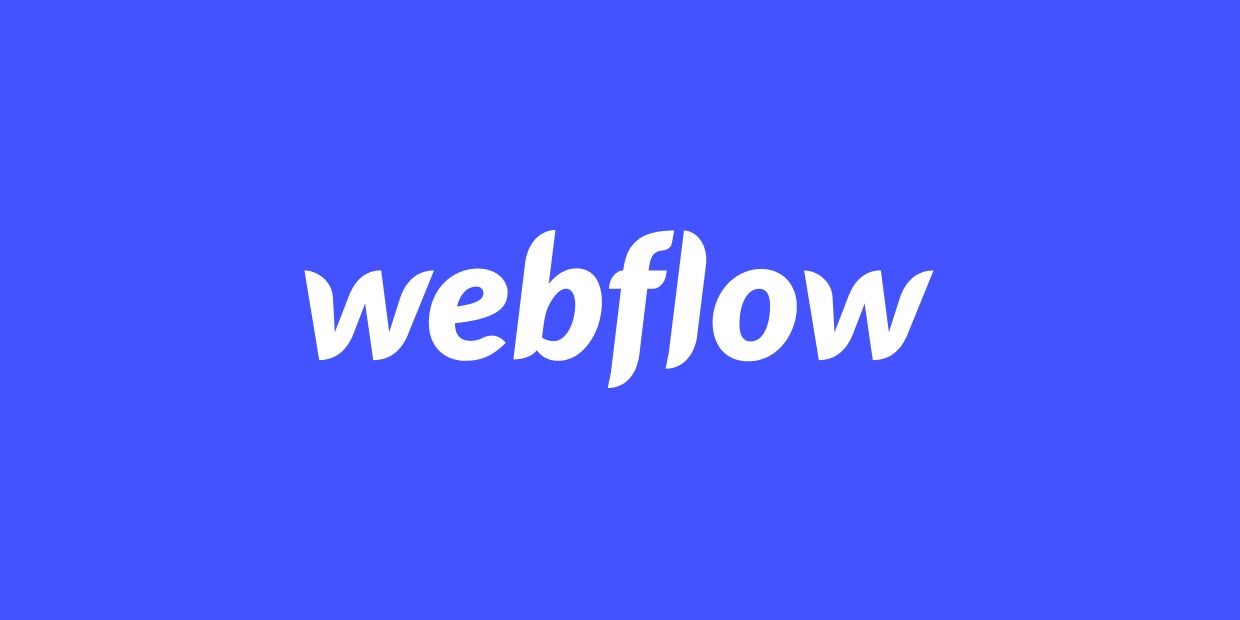
Webflow is a comprehensive website design and development platform that empowers just about anyone with computer access to create websites.
With a wide range of templates and libraries of pre-made elements, all you need are the basics to wield this powerful weapon. And they teach the whole software for free on YouTube and Webflow University.
It combines a powerful visual editor with a range of customizable templates and design elements, making it feasible to use for both beginners and experienced designers.
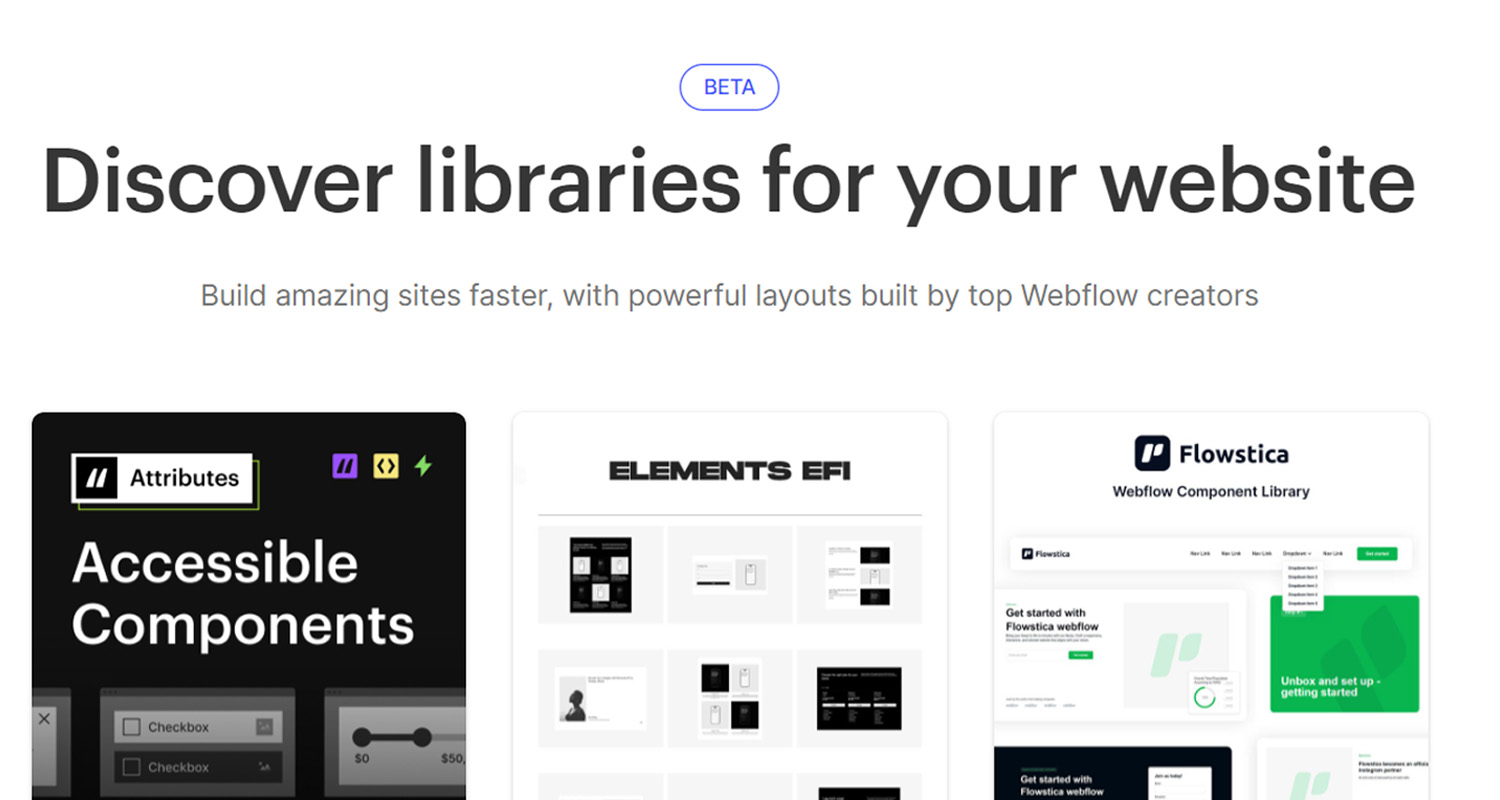
One of the unique and fascinating features of Webflow is its ability to generate clean and optimized code that is compatible with a wide range of web browsers and devices.
Below shows me designing this blog for desktop. Styles that I design "cascade" down to other devices, with the ability to style differently on smaller devices with one click.
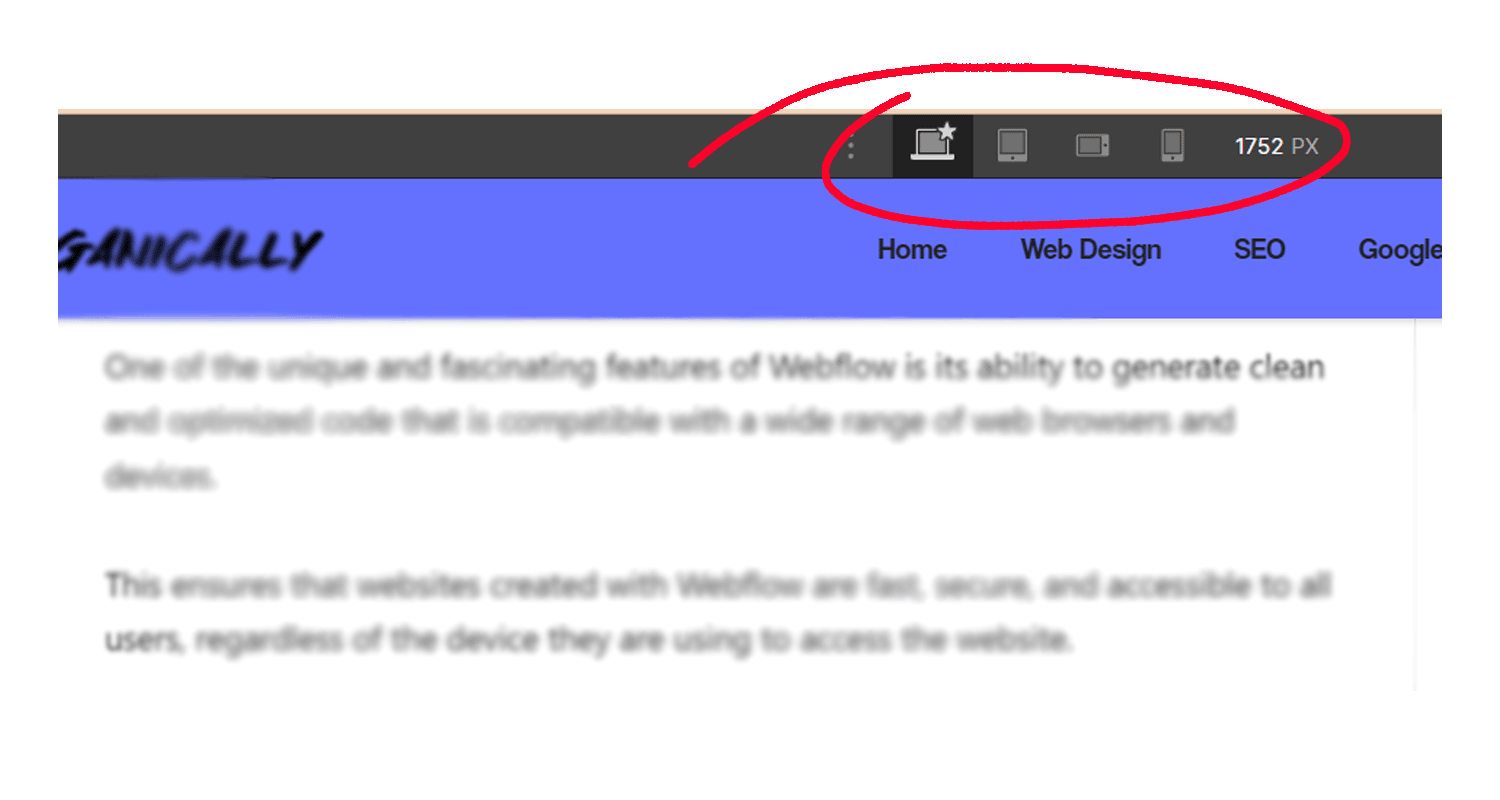
Larger projects that need to scale on different devices could take a front-end developer several weeks to complete. Most of it can now be done in Webflow in just a few clicks.
Webflow also offers advanced features such as e-commerce functionality, search engine optimization tools, and integrations with third-party services such as Zapier and Google Analytics. It has a Figma plugin as well that transfers Figma designs directly into Webflow.
There is a free plan available when you sign up that allows up to 2 websites to be made at a time. If you want to have access to custom domains and collaborative workspaces, additional cost is required.
This is fair because the two sites they hand you for free provides a canvas on which to start projects, delete them, and make as many mistakes as you need to.

Never in the history of programming has it been this easy to create a website from scratch, and have it work on all devices.
8. Hemingway
The lesser known than Grammarly but equally as impactful Hemingway Editor, also known as hemingway.app, is a web-based writing tool designed to improve the clarity and readability of written content. It takes its name from the renowned writer Ernest Hemingway, known for his concise and straightforward writing style.
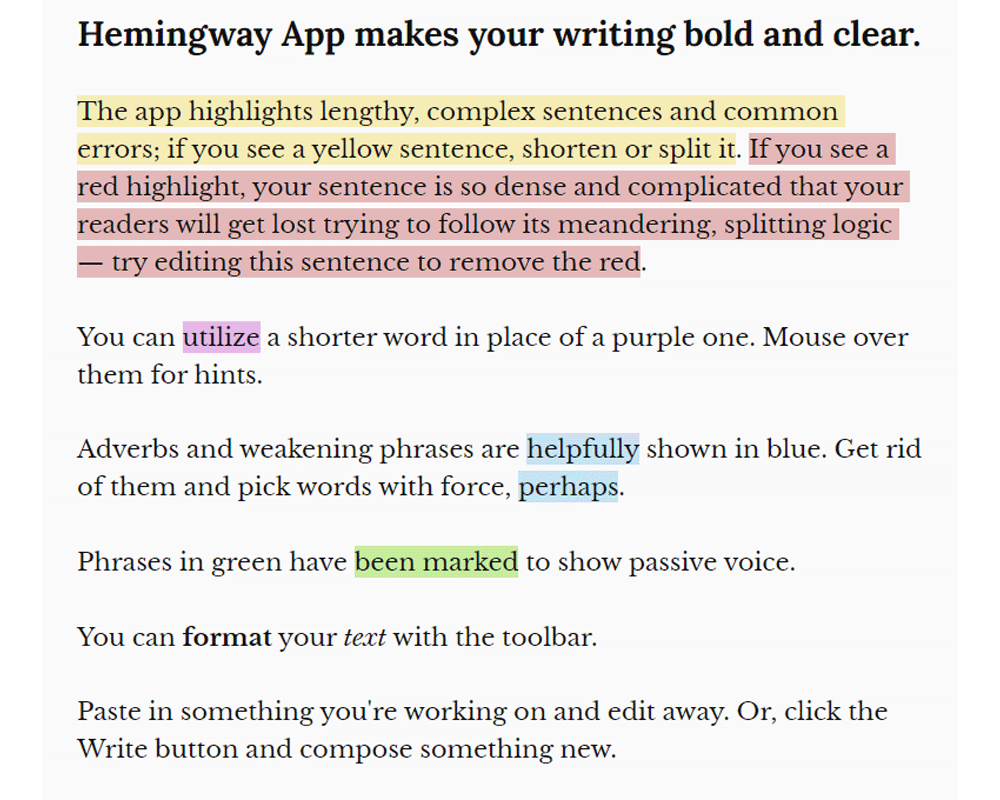
Hemingway provides suggestions to enhance readability by highlighting common issues such as lengthy or complex sentences, excessive adverbs, passive voice, and complicated vocabulary. It assigns a readability score based on the grade level required to understand the text, aiming for clear and concise communication.
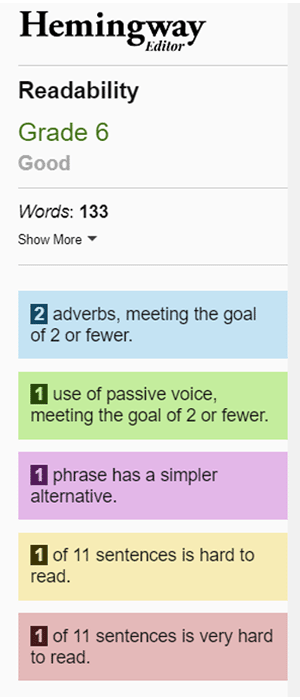
That's about it for now
Thanks for reading! These tools have genuinely transformed how I work, and I hope they do the same for you. The best part? Most of them are free or have generous free tiers to get you started.




